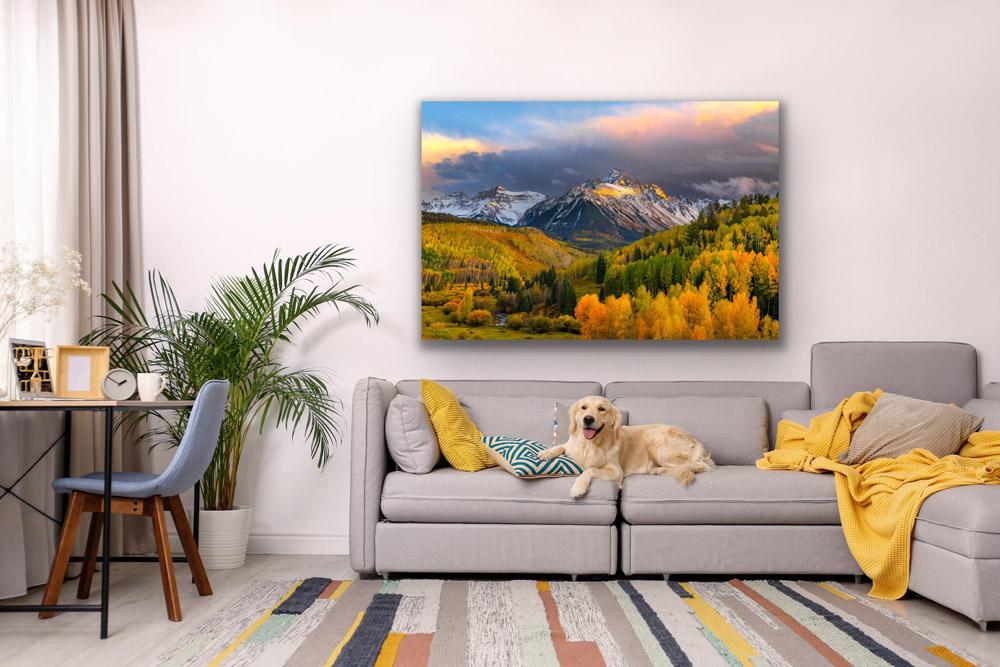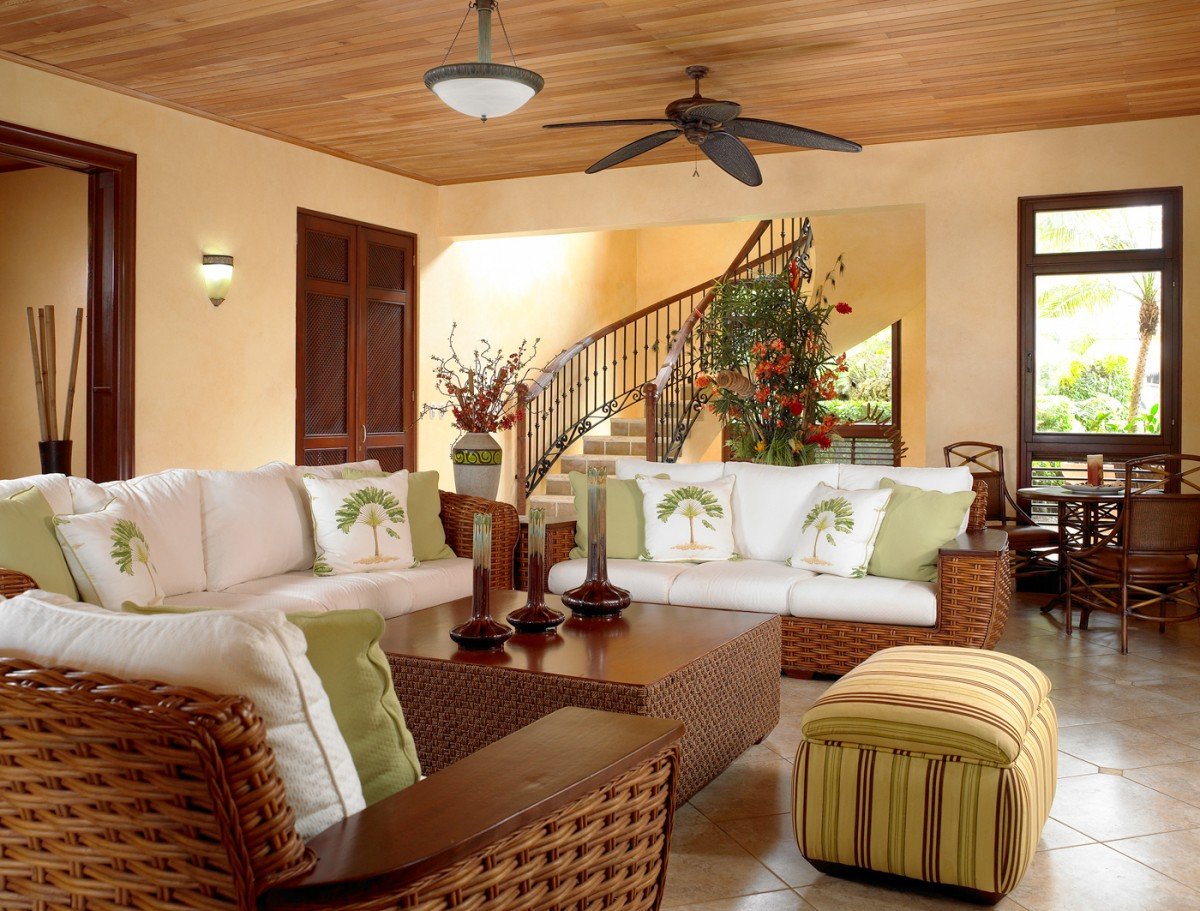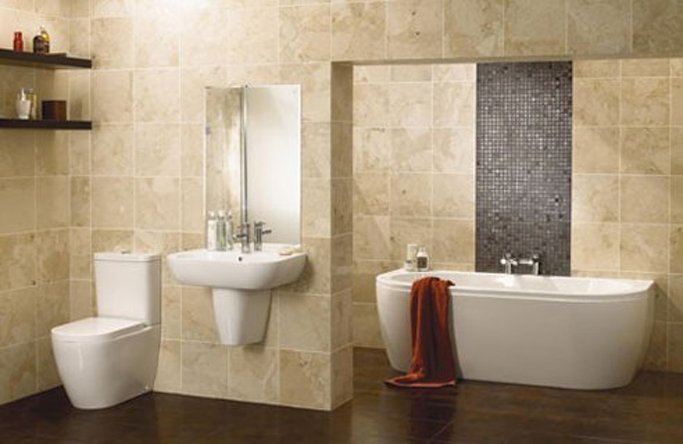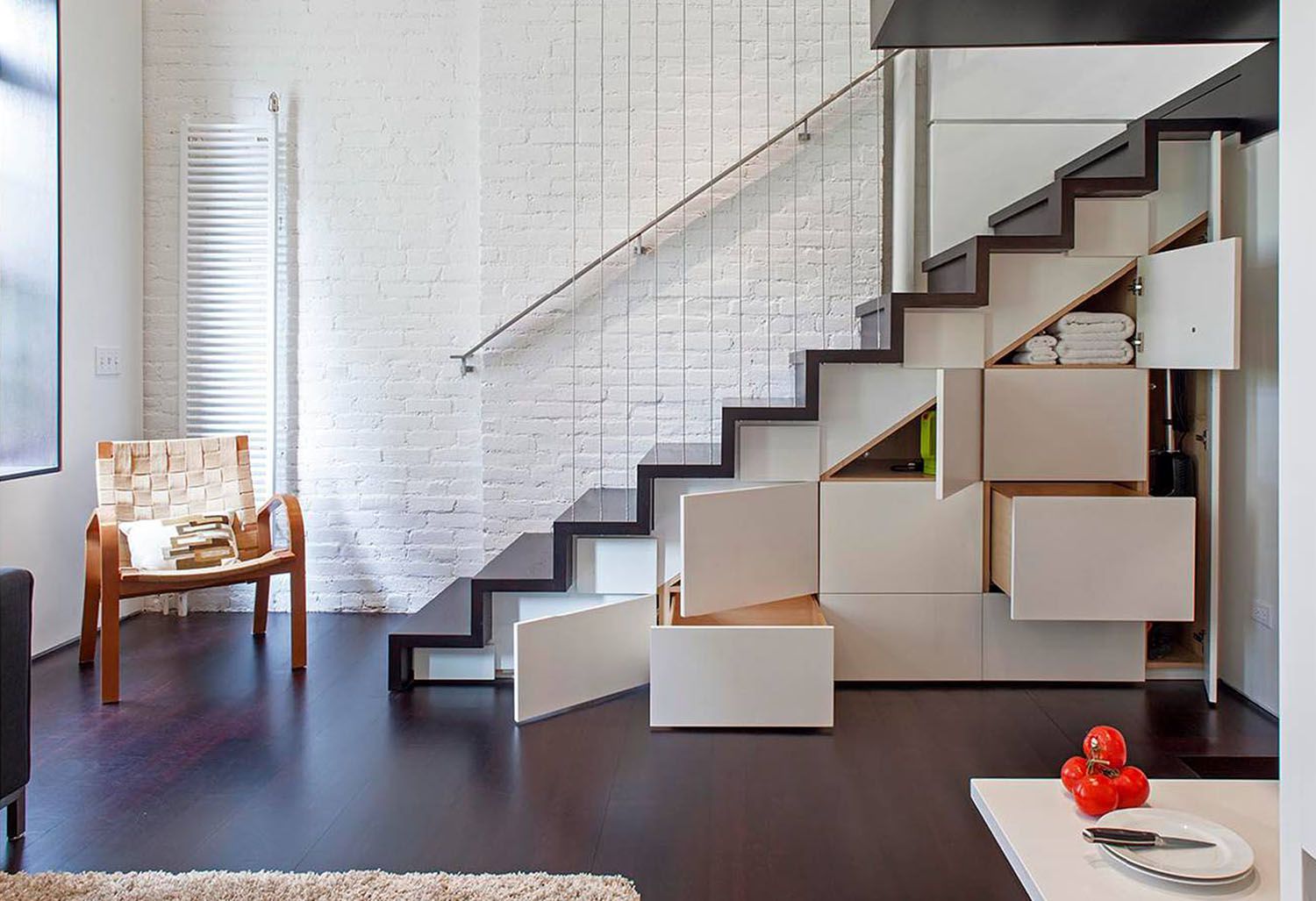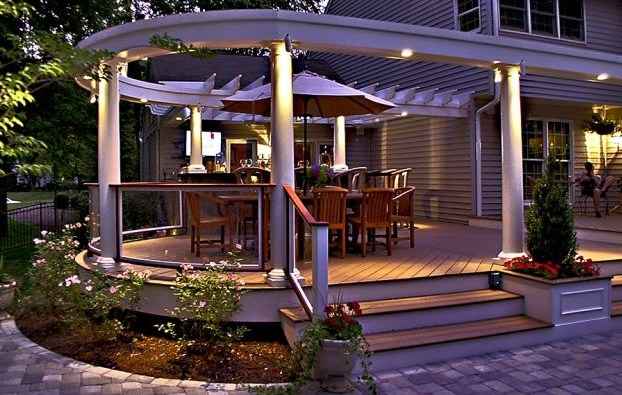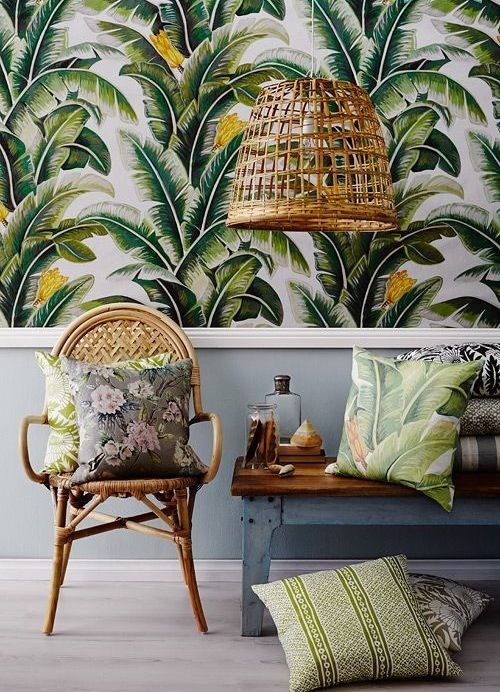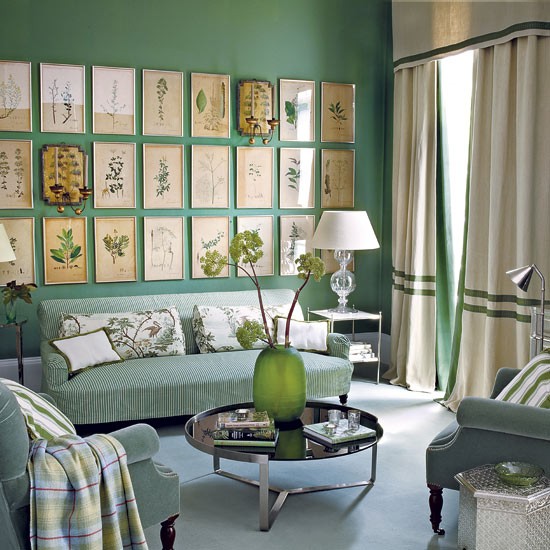For those who hold a deep love for nature, the desire to merge the outdoors with one’s indoor living spaces is, well, natural. The incorporation of natural elements such as sustainable materials, plants, and sunlight can create a peaceful and rejuvenating environment. These living spaces not only pay homage to the natural world but also create a haven where the harmony and energy of nature infuse into your daily life. Here are five interior design tips to help you bring the great outdoors into your home.
1. Be Inspired By Nature
Incorporating nature-inspired decor into your interior design is an easy way to bring the beauty of the outdoors into your living spaces. Adorn your walls with stunning Colorado landscape photography that not only serves as captivating focal points but also transports you to breathtaking natural settings. Whether it is a panoramic shot of a majestic mountain range or a close-up view of a tranquil lake, landscape photography can elevate your room and infuse your home with a sense of wonder and serenity.
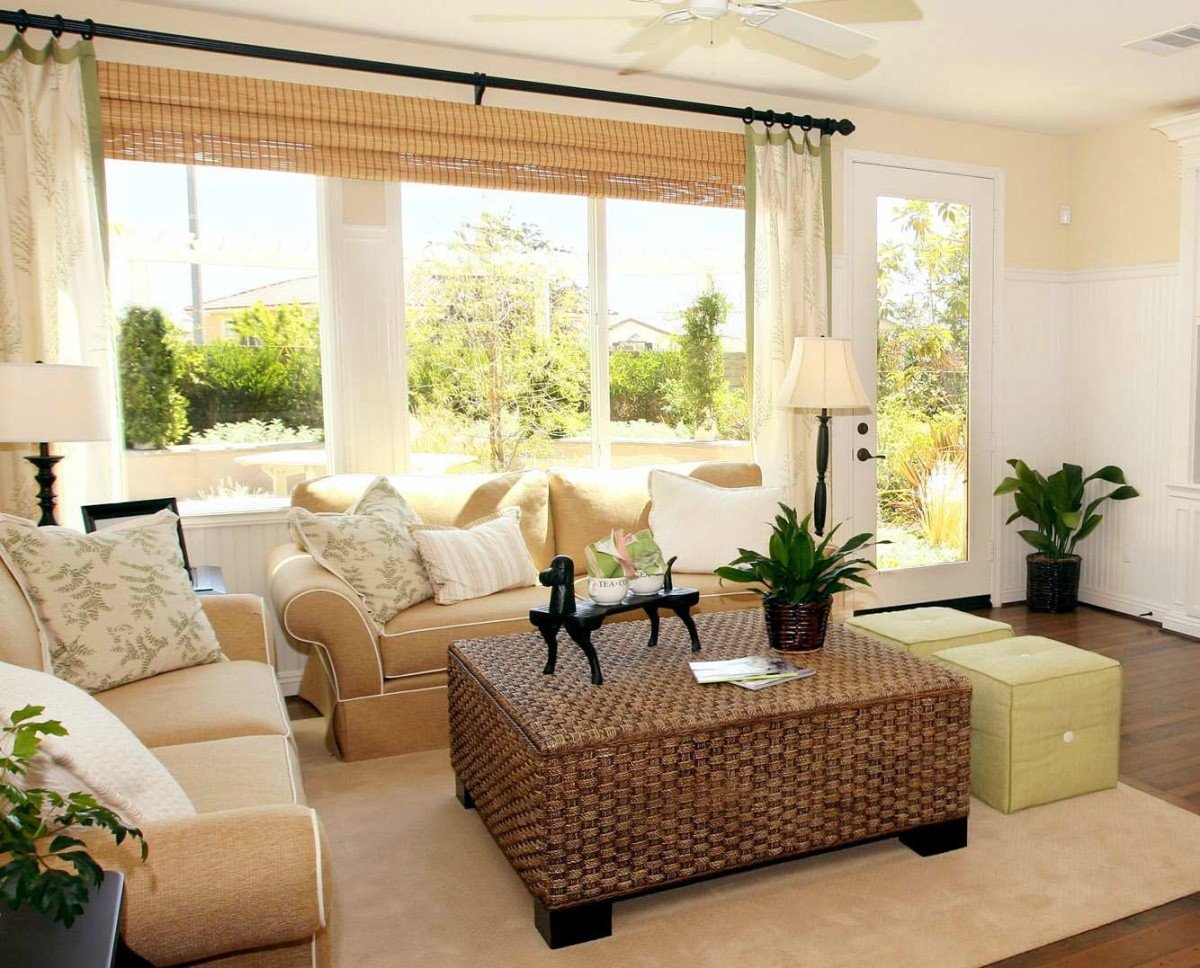
Ceramics and sculpture are another compelling way to introduce nature-inspired decor into your interior design. For instance, you can use ceramic pots or wicker baskets for indoor plants as both functional elements and decorative accents. The tactile quality of these objects and their connection to the earth can create a grounding and calming effect in your home.
2. Go Back to Basics
Using natural materials in interior design is a timeless and sustainable approach that enhances the aesthetics and ambiance of your living spaces. Materials like wood, stone, and bamboo not only bring a touch of the outdoors in but also contribute to a warm and inviting atmosphere. For example, hardwood flooring can add a sense of richness and character to a room, while stone countertops or exposed brick walls can create a rustic and textured backdrop. These materials often age gracefully, growing in charm with time.
Beyond their visual appeal, natural materials also offer environmental benefits. They are renewable and biodegradable, making them a more eco-friendly choice compared to synthetic alternatives. Moreover, they often require less energy for production and emit fewer harmful chemicals, contributing to healthier indoor air quality.
3. Let There Be (Natural) Light
Sunlight, with its rejuvenating energy, can redefine an indoor space. Large windows, strategically placed skylights, and open floor plans that allow light to flow freely can make your home feel more connected to the outdoors. Natural light not only illuminates your space but also brings out the true colors and textures of your decor, enhancing the overall aesthetics. The changing patterns of sunlight throughout the day can create dynamic and ever-evolving atmospheres, mimicking the fluctuations of light in nature.
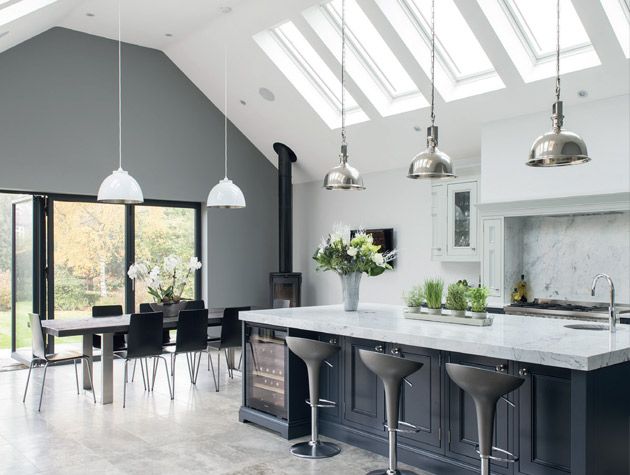
To amplify this effect, consider using light-filtering materials for window treatments, such as sheer curtains or light-colored blinds, which soften the incoming light and create a gentle, diffused glow. By maximizing the use of natural light in your interior design, you can create spaces that feel open, inspiring, and in harmony with the rhythms of the natural world.
4. Greenery Everywhere
Plants are nature’s artwork. Their variety in size, shape, and color offers endless decorating possibilities. Integrating indoor plants into your interior design is a delightful way to bring a touch of nature indoors and infuse your living spaces with a sense of vitality and serenity. Houseplants come in various shapes, sizes, and colors, making it easy to find the perfect fit for your design style and space. Whether you opt for towering fiddle leaf figs, cascading pothos, or dainty succulents, these green companions can add life to your space.
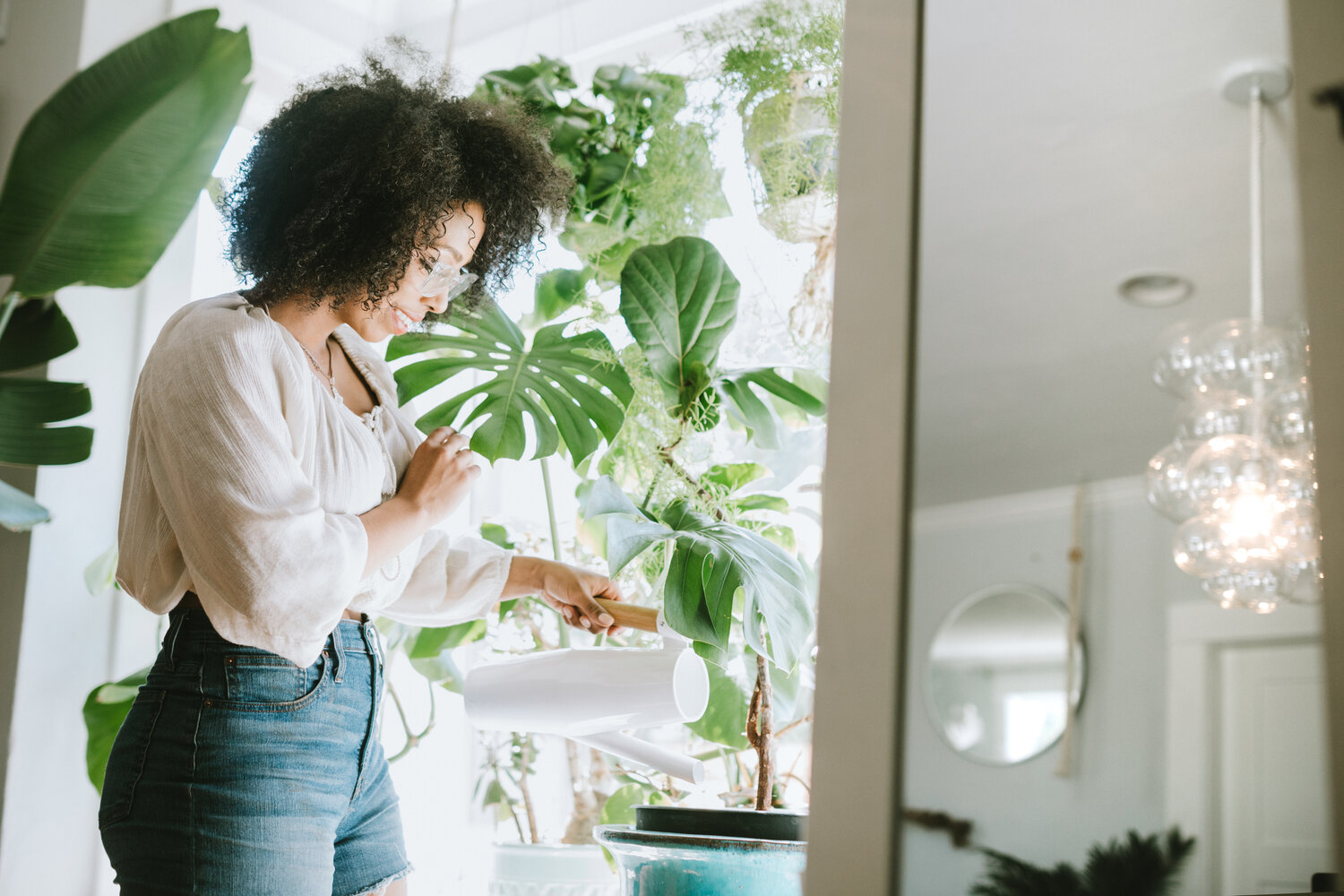
Beyond aesthetics, plants cleanse the air and boost humidity. Tending to an indoor garden can also become a therapeutic hobby, blending indoor gardening with self-care. To maximize their impact, consider placing indoor plants strategically throughout your home, near windows to catch natural light, or in spaces where you spend the most time.
5. Play With Colors and Textures
Draw inspiration from the diversity of nature to craft a harmonious yet visually engaging environment. Start by selecting a neutral base palette that mimics earthy tones like soft greens, warm browns, and cool grays. Then, introduce pops of color, such as vibrant blues of the sky, rich greens of leaves, or earthy reds and oranges reminiscent of autumn foliage. These accent colors can be incorporated through accessories like throw pillows, artwork, or even a boldly colored accent wall.
In addition to color, think about layering different natural textures. For example, you can pair a smooth, wooden coffee table with a textured shag rug and woven coasters to create an inviting seating area. These various textures not only add depth and interest to your design but also provide tactile sensations that evoke the feel of the outdoors.
The fusion of nature with interior design is a powerful and transformative endeavor. It goes beyond aesthetics, transcending into a holistic lifestyle choice that resonates deeply with those who cherish the beauty and serenity of the natural world. In embracing this harmonious connection with nature within our living spaces, we not only transform our homes into peaceful sanctuaries but also nurture a profound and rewarding relationship with the natural world that surrounds us.
